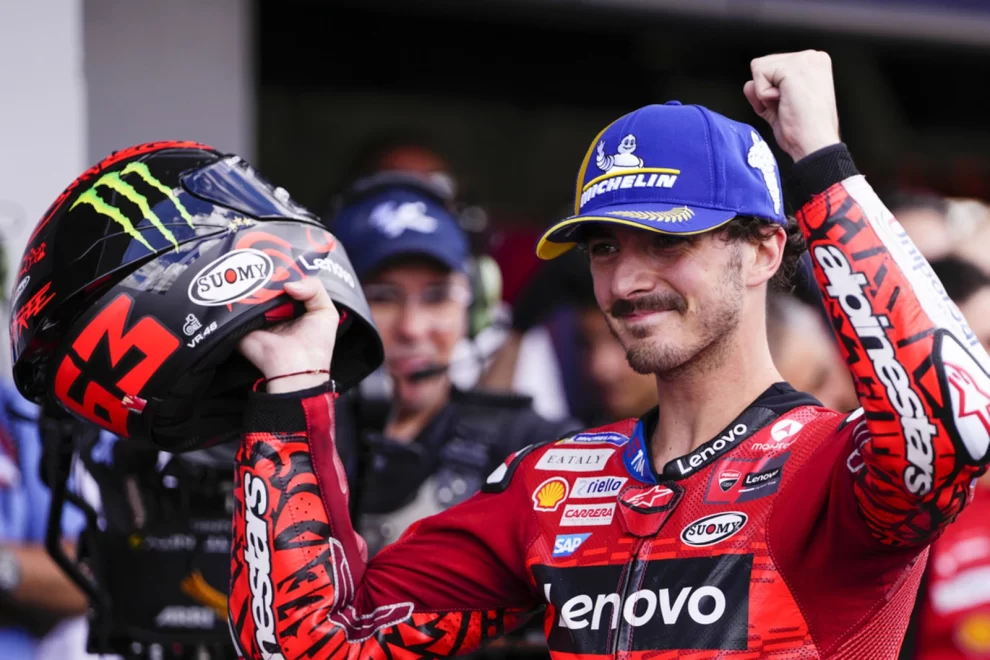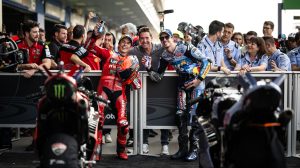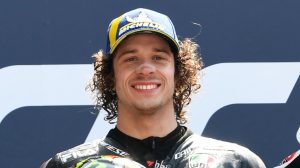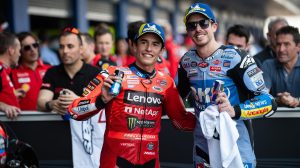The MotoGP season begins in Thailand on Saturday, with Ducati once again at the center of attention. The team has made a bold move by bringing six-time champion Marc Marquez into their factory lineup alongside two-time champion Francesco “Pecco” Bagnaia. This pairing has the potential to be both a strategic masterstroke and a source of internal tension, as Ducati attempts to manage two fiercely competitive riders under one roof.
Ducati dominated the 2024 season, winning 19 of 20 Grand Prix races and 17 of 20 sprint races. Despite his strong performance, Bagnaia narrowly missed out on a third consecutive title, finishing just ten points behind Jorge Martin, who was also riding a Ducati with Pramac. Now, with Marquez fully fit and moving up to the factory team, Ducati faces the challenge of keeping both riders focused on their shared goal rather than internal rivalry.
Marquez has acknowledged the potential for conflict but believes their experience will allow them to handle it maturely. He compared their situation to younger riders who might struggle to coexist, saying that if they were in their early twenties, it would be a volatile mix. At 27 and 32, he believes both he and Bagnaia understand the importance of maintaining a good team atmosphere. Bagnaia echoed this sentiment, stating that his goal is to beat everyone, not just his teammate.
The decision to promote Marquez over Jorge Martin was one of the biggest storylines of last season. Martin responded by signing with Aprilia, aiming to challenge Ducati’s dominance from the outside. However, his preparations suffered a setback when he crashed during testing in early February, breaking bones in his right hand and left foot. Despite this, he remains determined to race in Thailand.
Ducati has decided to stick with the 2024 engine due to MotoGP’s cost-curbing rules, which means they will be using the same engine in 2025 as well. While this limits development, team coordinator Davide Tardozzi believes their bike is already so strong that major improvements would have been difficult to find.
Several other changes are set to shape the season. KTM has promoted young talent Pedro Acosta to their factory team, while three rookies—Fermin Aldeguer, Somkiat Chantra, and Ai Ogura—join the MotoGP grid. The season will also expand to a record 22 races with the return of the Czech and Hungarian Grand Prix. Meanwhile, struggling manufacturers Honda and Yamaha will receive additional support through extra engines, tyres, and testing opportunities, as MotoGP looks to create a more competitive field.
With Ducati’s dominance likely to continue, the biggest question remains whether Marquez or Bagnaia will come out on top. Ducati CEO Claudio Domenicali has downplayed concerns over internal rivalry, insisting that as long as the championship is won by a Ducati rider, it does not matter which one. Marquez has already impressed in pre-season testing, showing that he is ready to fight for the title again. However, managing two world champions in one team has historically been a challenge in MotoGP, and this season could test Ducati’s ability to maintain harmony while staying ahead of the competition.










